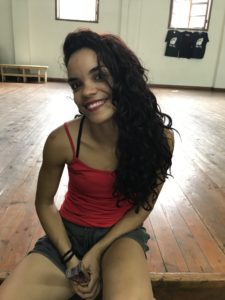 Marianna spoke no English, and my ten words of Spanish were insufficient for a conversation. Through a translator we conversed about the modern dance she and her troupe had just performed. Marianna was one of many “people-to-people” interactions we had during my recent 10-day Road Scholar visit to Cuba.
Marianna spoke no English, and my ten words of Spanish were insufficient for a conversation. Through a translator we conversed about the modern dance she and her troupe had just performed. Marianna was one of many “people-to-people” interactions we had during my recent 10-day Road Scholar visit to Cuba.
Americans are restricted from trade with Cuba, but we are allowed to participate in educational trips where we can learn about the culture and arts of the nation. This trip took us first to Camaguey, the third largest city in Cuba and about 350 miles east of Havana. Growth without planning has left the city a disorienting mesh of winding alleys and small streets filled with horse carts, classic cars, bicycles, and motorcycles. Public transportation is dominated by pedicabs, tricycle taxis better suited to the narrow lanes.
As we zigzagged our way west over several days we stopped in a variety of old towns, including Sancti Spiritus, Trinidad, Cienfuegos, and Remedios, before finally landing in Havana. Keeping with our educational interactions, our group of mostly Americans met with many artists, dancers, and singers. The ballet company in Camaguey performed a selection of their best dances, as did Marianna’s modern dance company in Havana. In Cienfuegos we were treated to an inspiring selection of songs by the local chorus. In all the stops we experienced local artists who work in paint, sculpture, leather, and discarded old doors and windows. Through translators we heard directly from the artisans about their work.
In Havana we visited the farm Ernest Hemingway lived at for 30 years, leaving after the Castro revolution in 1959. His book collection dominates every room, including the bathroom, where the walls still show his obsessive cataloguing of daily weight. We also visited the Fine Arts Museum, walked the melacon sea wall, rode in classic American cars, and learned the history of Afro-Cuban music and US-Cuban relations.
Marianna and her fellow dancers hugged each of us as we parted, another wonderful memory for an American in Cuba.
I’ll have much more on our Cuban experiences in following posts as I make my way through over 2000 photos. Stay tuned.
[NOTE: Ru has written a beautiful recap of the trip. Read it here!]
David J. Kent is an avid science traveler and the author of Lincoln: The Man Who Saved America, in Barnes and Noble stores now. His previous books include Tesla: The Wizard of Electricity (2013) and Edison: The Inventor of the Modern World (2016) and two e-books: Nikola Tesla: Renewable Energy Ahead of Its Time and Abraham Lincoln and Nikola Tesla: Connected by Fate.
Check out my Goodreads author page. While you’re at it, “Like” my Facebook author page for more updates!



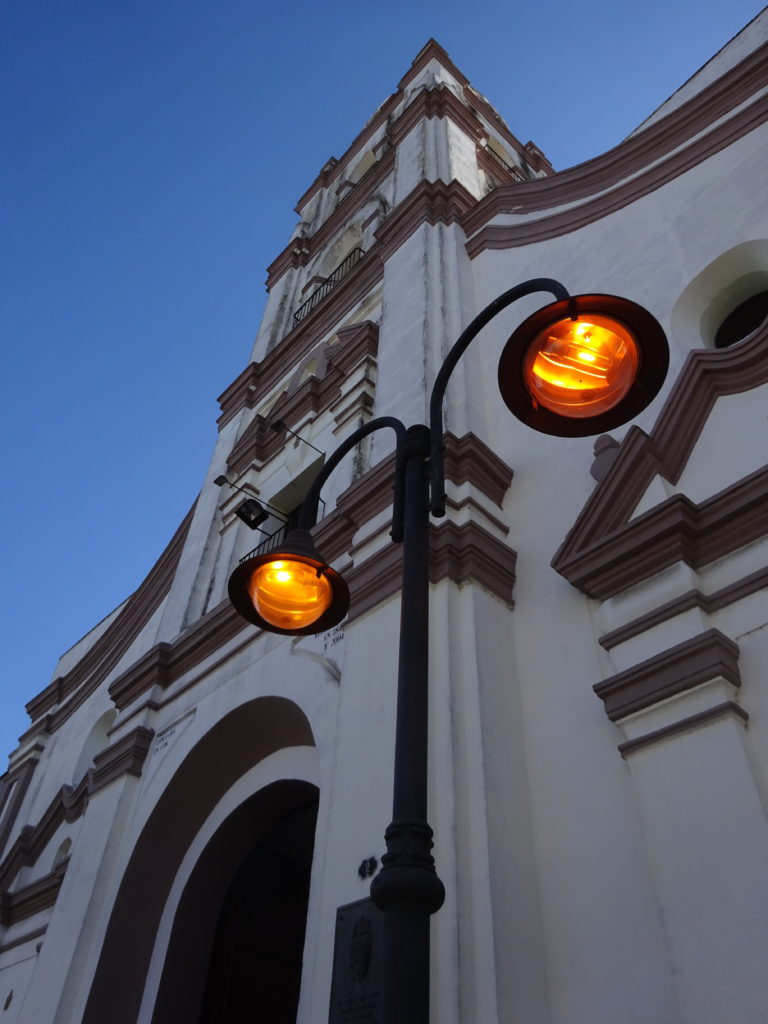
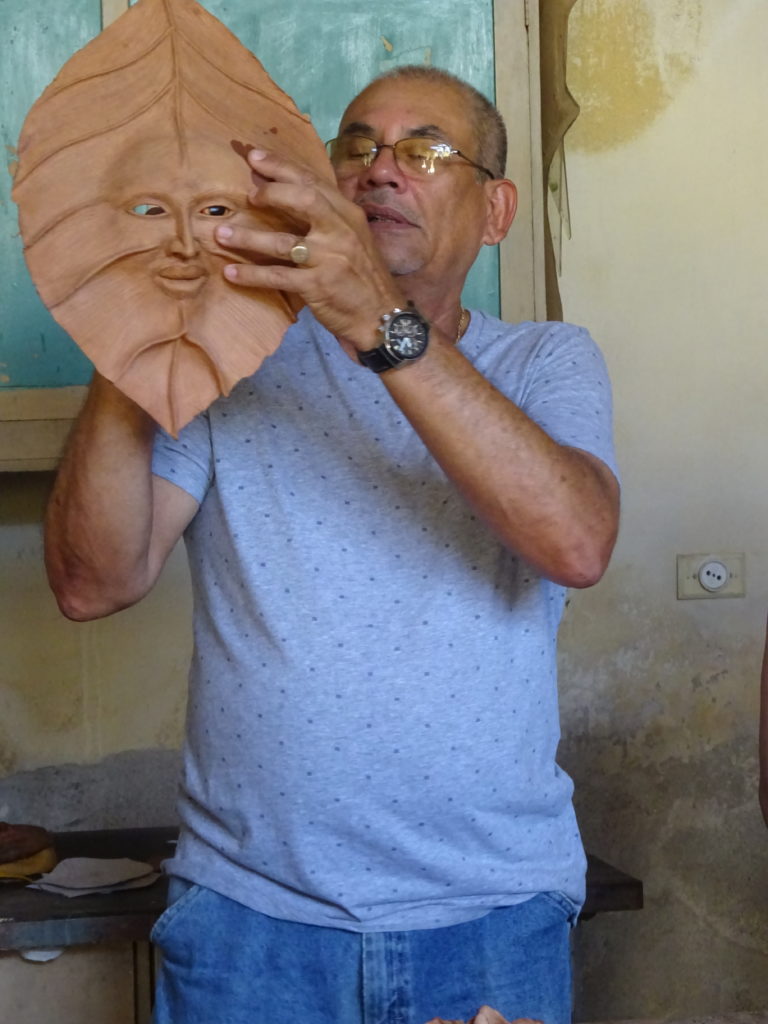
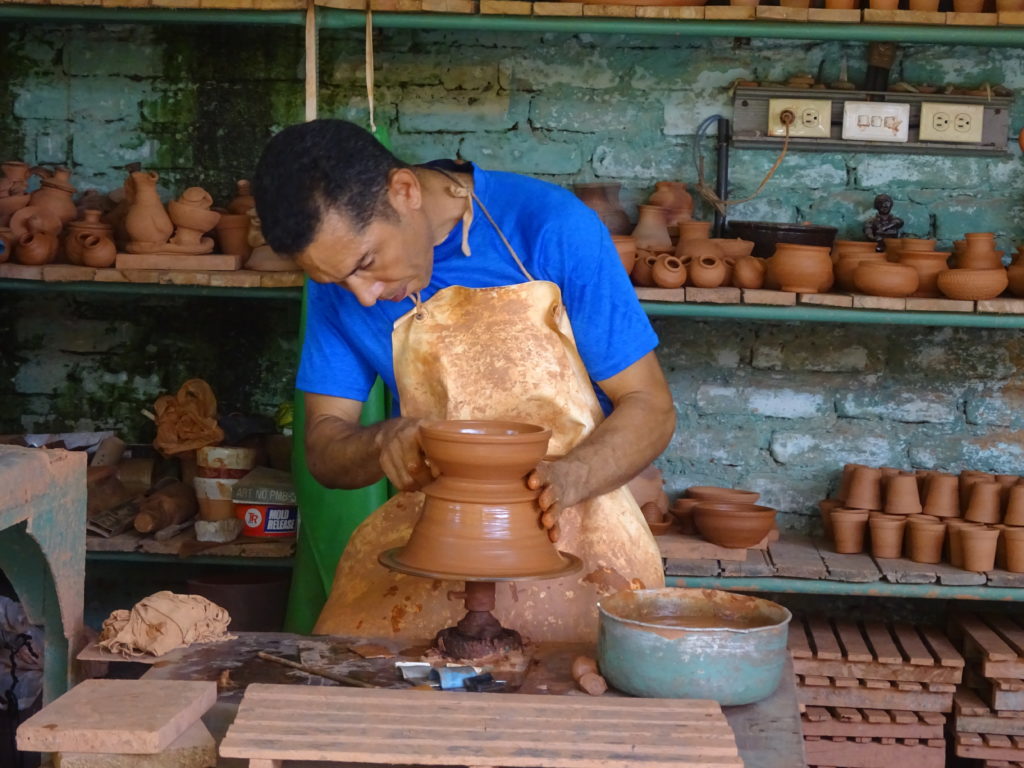
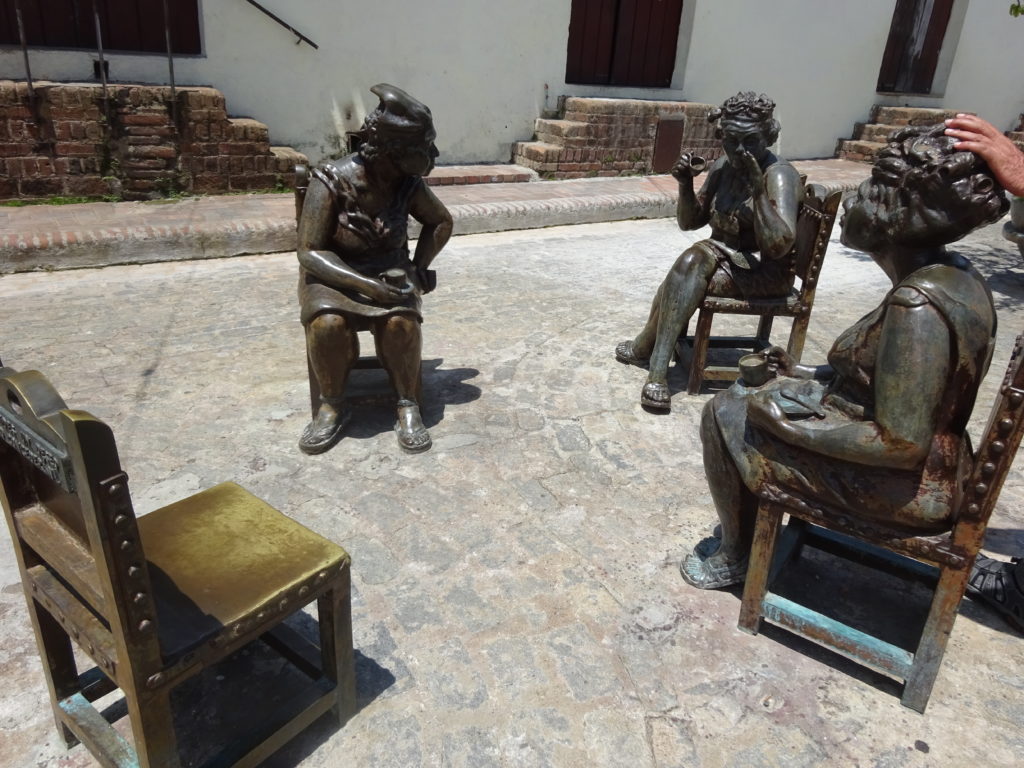
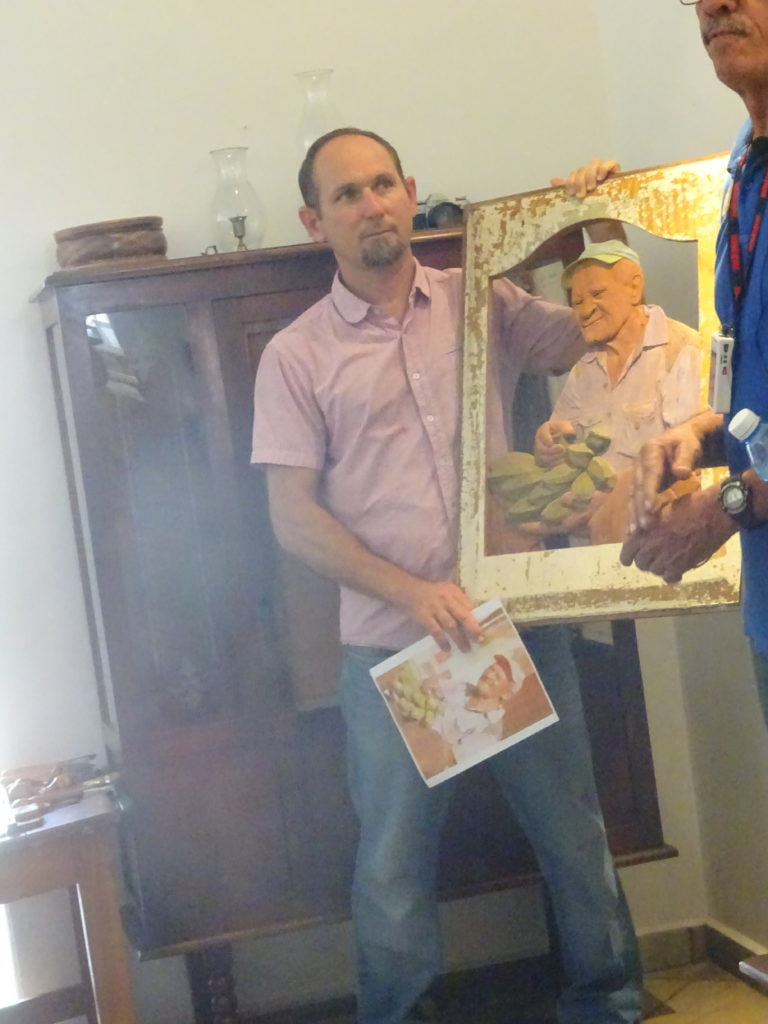
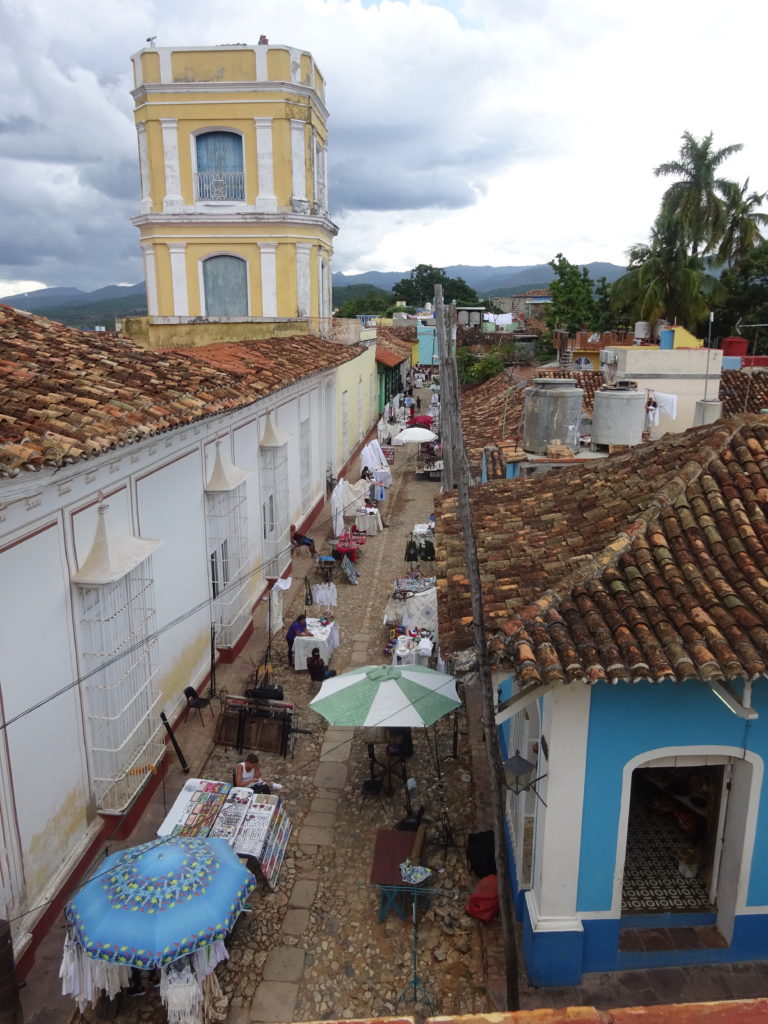
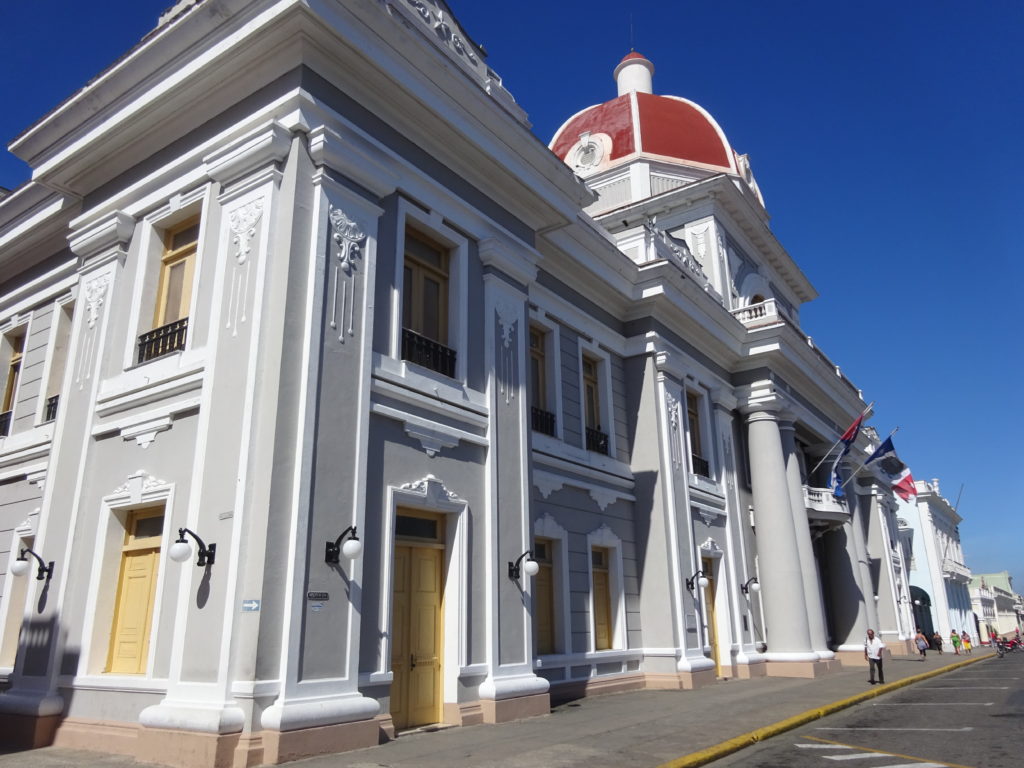

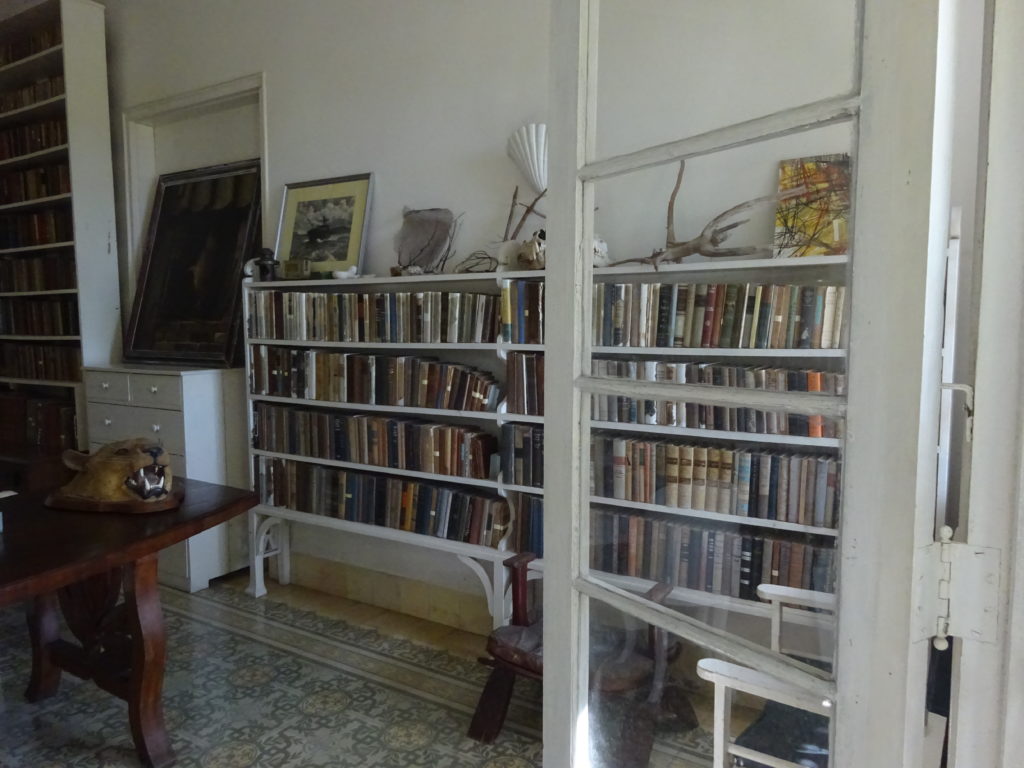
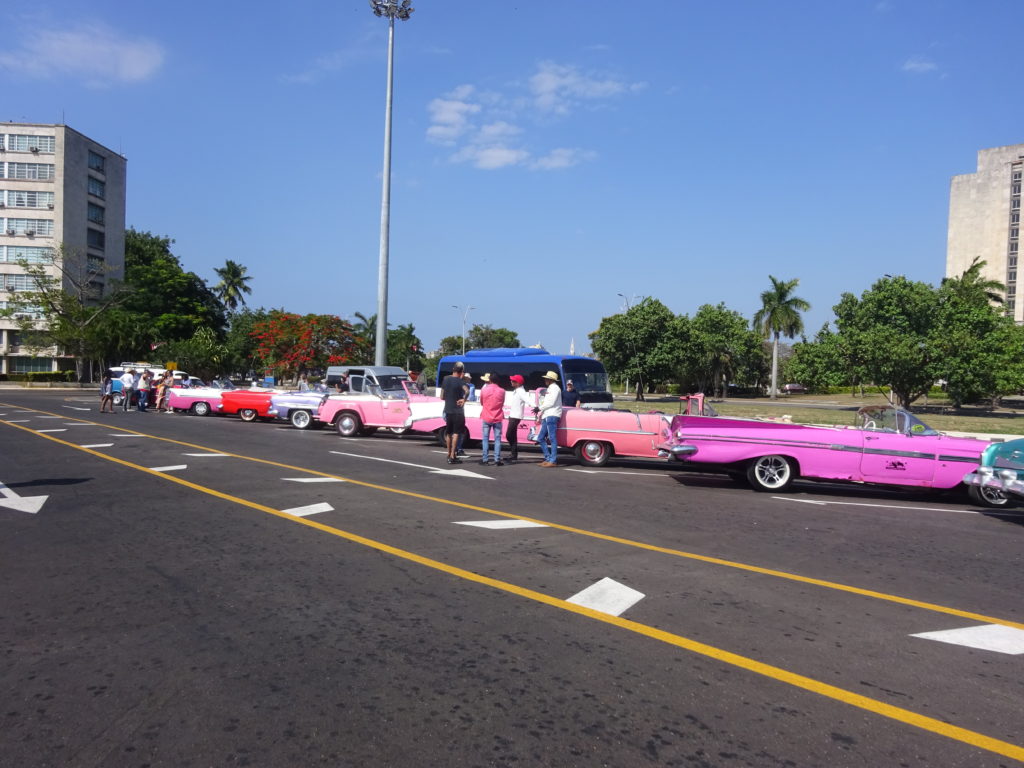









Pingback: Cuba in the Nick of Time | Hot White Snow
Pingback: Chasing Abraham Lincoln – The Tour Continues | Science Traveler
Pingback: Cuba in the Nick of Time – 101 Daily